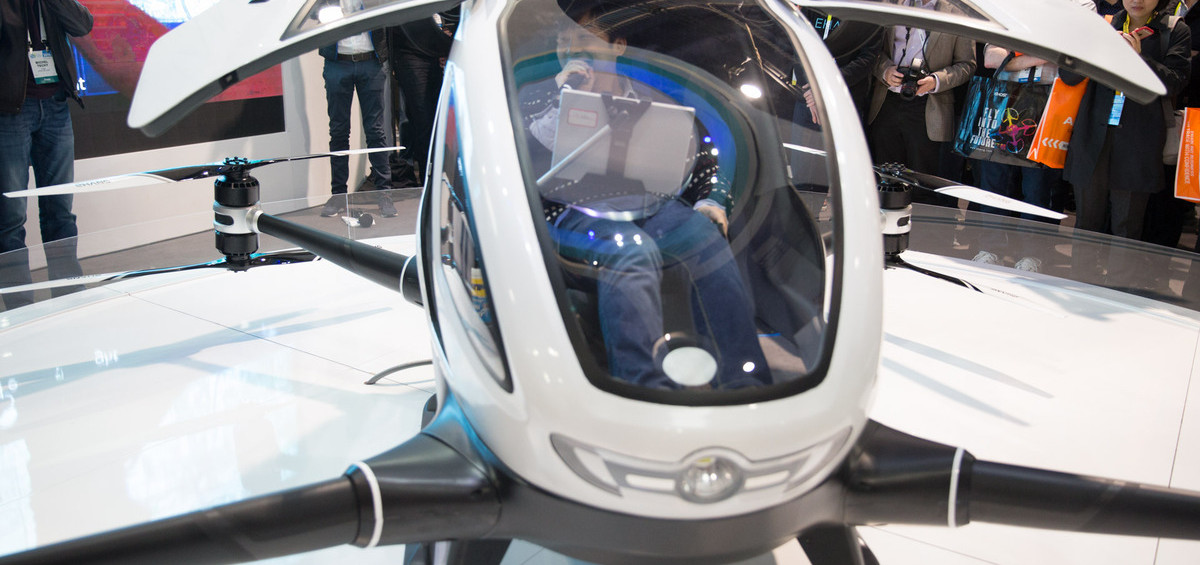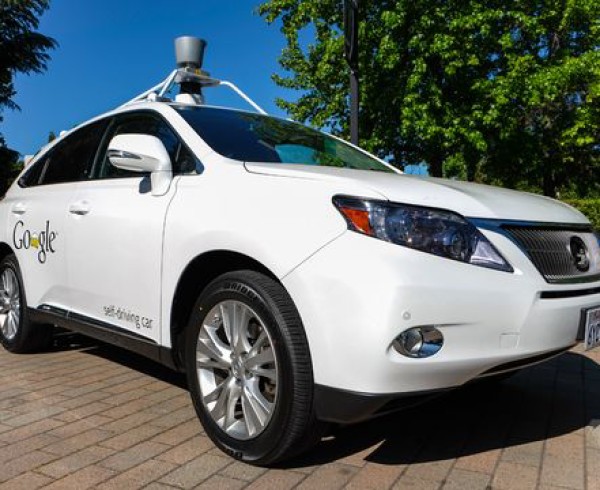
The all-electric drone has four arms, eight propellors, eight motors and two sets of sensors — as well as a redundancy to ensure safety in bad weather (or perhaps in case one set of sensors fails). Its website says that although the device is thunderstorm-proof, the command center will prohibit the vehicle from takeoff during extreme weather conditions.
There’s one main caveat, of course: The Ehang 184 is not legal the U.S. yet.
The Ehang 184 is not legal the U.S. yet. Ehang cofounder and CFO Shang Wen Hsiao told Mashable that they’re in contact with the FAA, which requires 28 hours of flight time to check air worthiness. The vehicle would take off and land vertically at pre-set targets.

In the meantime, the company has met with government officials in New Zealand, in Los Angeles, California and China. New Zealand is interested in experimental tests, Hsiao said, and the Chinese government supports it but needs to undergo the application process.
So far, the company has successfully completed more than 100 flights with an actual live person on board. Sadly, there will be no test flights at CES here since Las Vegas as a “big no-fly zone,” according to company executives.
You can expect the Ehang 184 autonomous vehicle to cost between $200,000 and $300,000.








